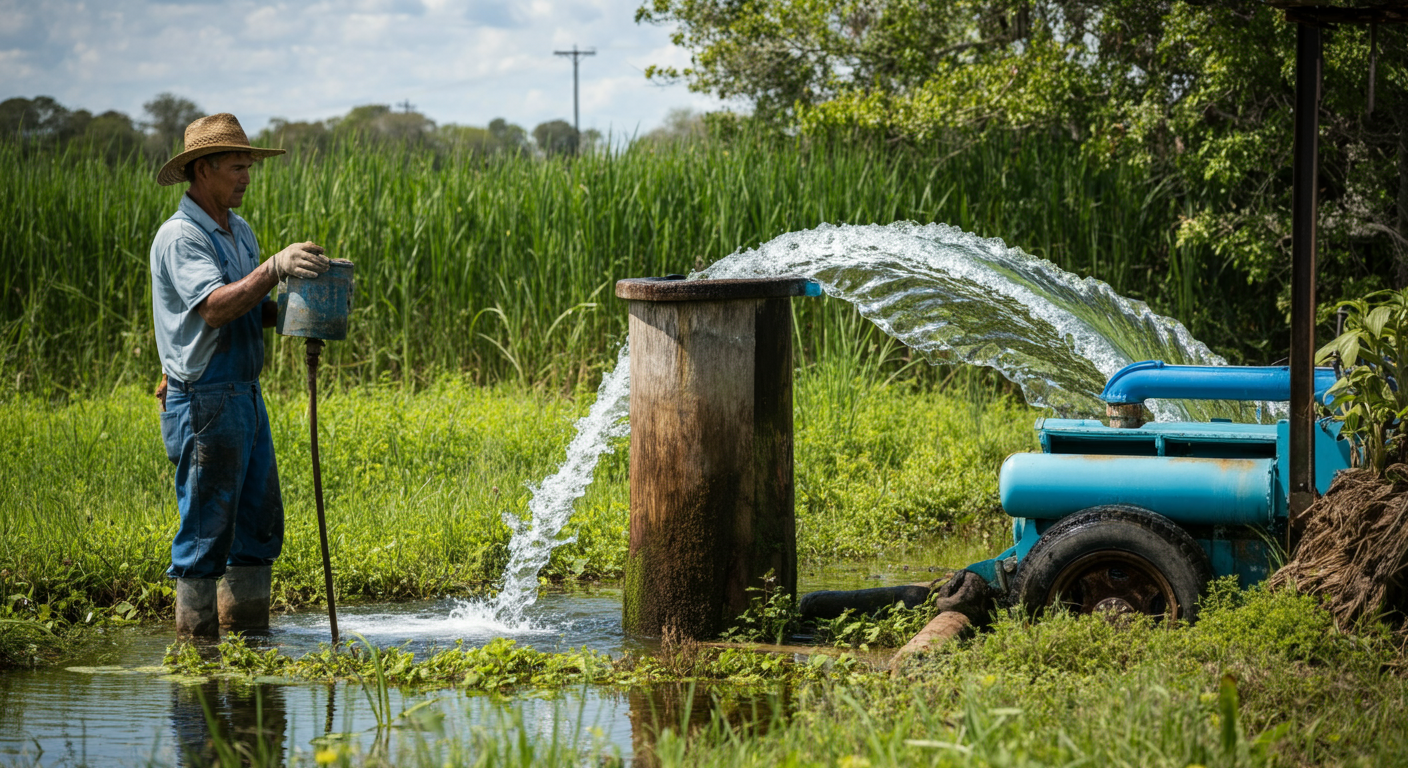Water Rights and Their Impact on Farmers
Water is one of the most essential resources for agriculture, yet its availability is often dictated by complex legal and environmental factors. For farmers, understanding water rights is crucial, as these regulations determine how much water they can access, when they can use it, and under what conditions. In this article, we’ll explore the basics of water rights, the challenges they present for farmers, and potential solutions to ensure sustainable water use in agriculture.

Understanding Water Rights
Water rights are legal entitlements that grant individuals or entities the authority to use water from a specific source, such as rivers, lakes, or groundwater. These rights vary significantly depending on location, climate, and local laws. Generally, water rights fall into two main categories:
- Riparian Rights – Common in regions with abundant rainfall, riparian rights allow landowners whose property borders a water source to use the water, provided they do not harm downstream users.
- Prior Appropriation Rights – Used in drier areas, this system follows a “first in time, first in right” principle, meaning those who first claimed the water have priority during shortages.
In many places, a combination of these systems, along with modern regulatory frameworks, governs water distribution.
How Water Rights Affect Farmers
Farmers rely on consistent water access to irrigate crops, sustain livestock, and maintain their livelihoods. However, water rights can create challenges, including:
1. Limited Access During Droughts
In regions operating under prior appropriation, junior water rights holders (those who secured rights later) may face severe restrictions during droughts. This can force farmers to reduce irrigation, switch crops, or even fallow fields.
2. Legal Disputes and Bureaucracy
Navigating water rights laws can be complex, especially when multiple stakeholders—such as municipalities, industries, and environmental groups—compete for the same water. Farmers may find themselves entangled in lengthy legal battles to defend their water access.
3. Groundwater Depletion
In areas where groundwater is a primary source, over-pumping can lead to declining water tables. Some regions have implemented pumping restrictions, requiring farmers to invest in more efficient irrigation systems or reduce water usage.
4. Climate Change and Shifting Regulations
As weather patterns become less predictable, governments are reassessing water allocation policies. Farmers must adapt to new regulations aimed at conserving water, which may involve transitioning to drought-resistant crops or adopting precision agriculture techniques.
Finding Balance: Solutions for Sustainable Water Use
While water rights present challenges, there are ways farmers and policymakers can work together to ensure fair and sustainable water distribution:
- Improved Water Storage and Infrastructure – Investing in reservoirs, rainwater harvesting, and modern irrigation systems can help farmers make the most of available water.
- Water Trading Markets – Some regions allow farmers to buy, sell, or lease water rights, providing flexibility during shortages.
- Conservation Incentives – Government programs that reward farmers for reducing water waste can encourage sustainable practices.
- Collaborative Management – Engaging farmers, scientists, and policymakers in water management discussions can lead to more balanced solutions.
Final Thoughts
Water rights play a pivotal role in shaping agricultural success, but they also bring uncertainties, especially as environmental and legal landscapes evolve. By understanding these rights and advocating for fair policies, farmers can better navigate water challenges while contributing to long-term sustainability.
For those in agriculture, staying informed about local water laws and exploring adaptive farming techniques will be key to thriving in an era of increasing water scarcity.
What are your thoughts on water rights and their impact on farming? Share your experiences in the comments below.